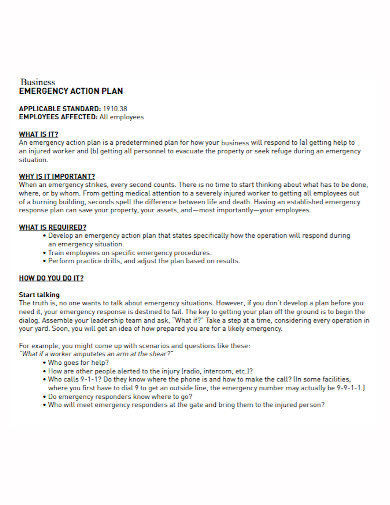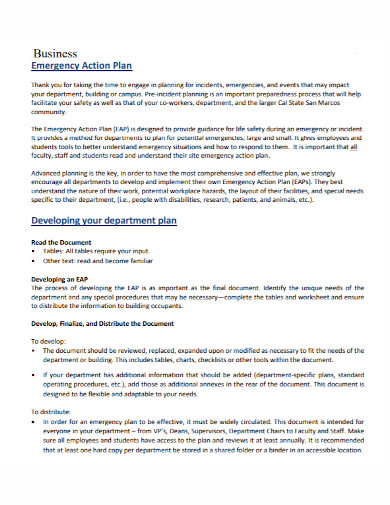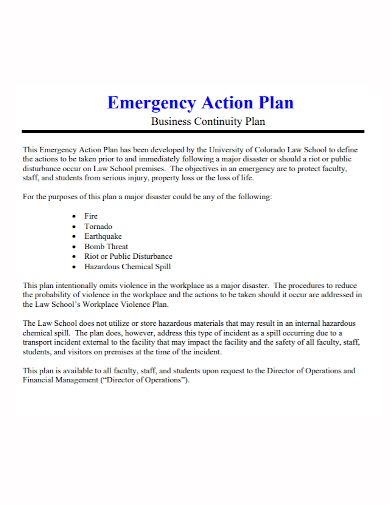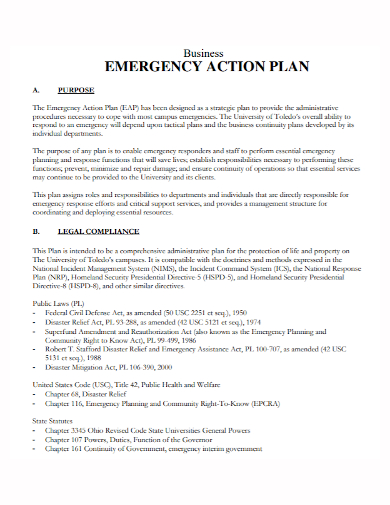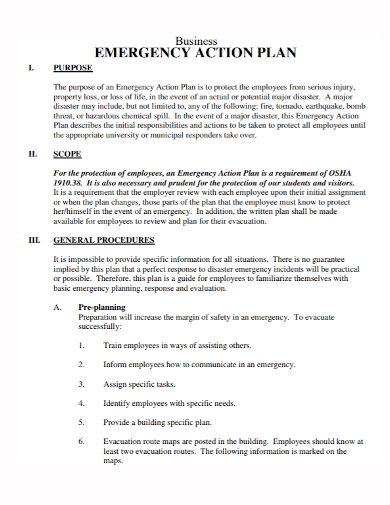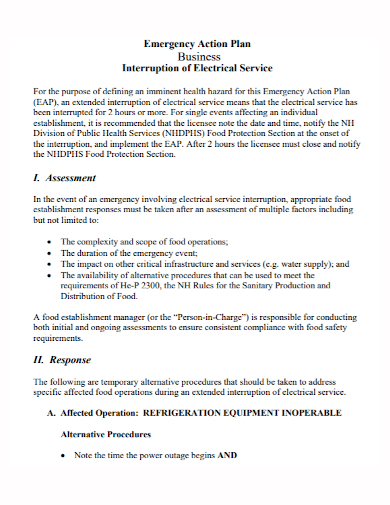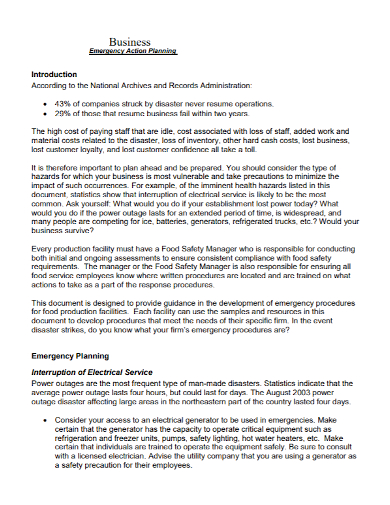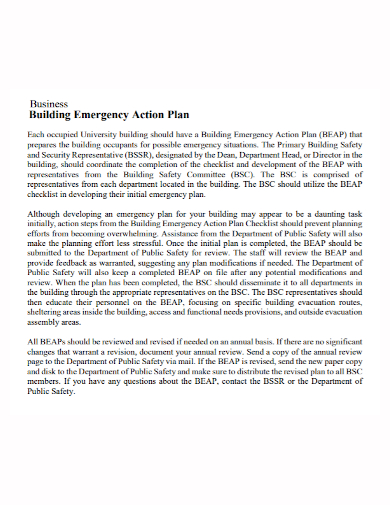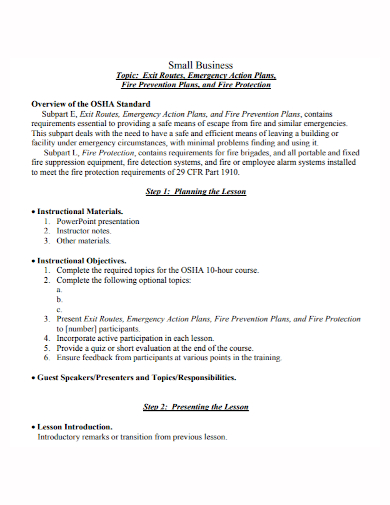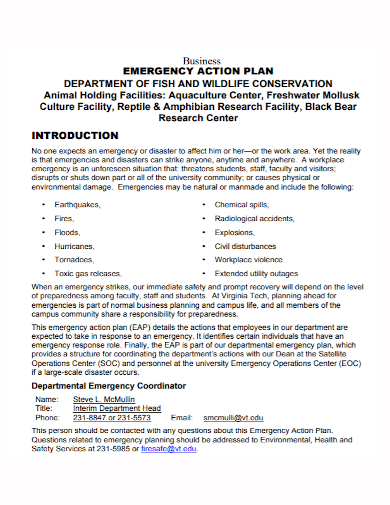It is very important for all kinds of businesses and companies to be able to develop a comprehensive layout or a plan for every project, venture, or task, that they may set their eyes on. A well laid out plan keeps project developers and coordinators on track for everything they they need to work on and keep an eye on possible hindrances that they might encounter during the overall development or implementation of the project. Planning ahead is always good business practice, identifying the necessary steps ahead of time to prevent wasting any more money and resources on ventures that might ultimately just fail. A well written and well drafted plan or document just brings the whole idea together really well, turning mere vision into actual reality with tangible progress. This document is most commonly known as an action plan, and action plans can go a really long wat for the fulfillment of any project or activity that the company might set upon itself.
Being able to plan ahead is important because doing so lets you and the rest of the people that is involved in the activity or project prepare for potential obstacles or hindrances that the management may encounter when implementing the project. And action plans do this really well. Letting project developers lay out a plan for the duration of a task or activity.
Let’s say you want to establish a contingency plan that the business can fall into during an emergency. So you need to make sure that your plan is well laid out, and that everybody is completely aware of it and what to do when push comes to shove. Now, writing an action plan might seem fairly easy for you, but you have to keep in mind that there are a lot of components that you need to take into account and consider to make sure that the plan, along with its parameters that you will put in place, is feasible and actually attainable. Write a comprehensive and effective action plan yourself by first checking out these business emergency action plan samples that we have listed for you down below. Once you’ve gotten the hang of the document, acquainted yourself with what it looks like and how it works, feel free to use these samples as guides, or even as templates for your own business emergency action plan.
10+ Business Emergency Action Plan Samples
1. Business Emergency Action Plan Template
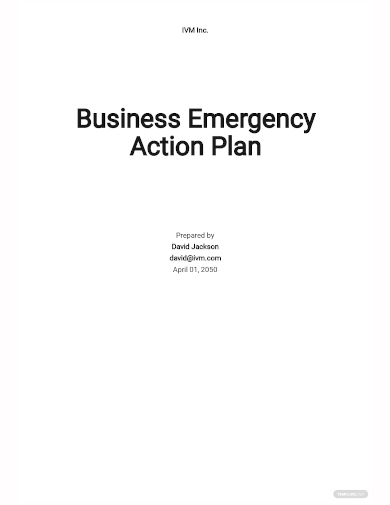
2. Business Emergency Action Plan
3. Business Development Emergency Action Plan
4. Business Continuity Emergency Action Plan
5. Sample Business Emergency Action Plan
6. Standard Business Emergency Action Plan
7. Business Service Emergency Action Plan
8. Basic Business Emergency Action Plan
9. Business Building Emergency Action Plan
10. Small Business Emergency Action Plan
11. Formal Business Emergency Action Plan
What Is a Business Emergency Action Plan?
An action plan is a document that highlights and presents details and strategies that outline specific components for both the planning of the project and its implementation. Action plans ca be used in any project, venture, activity, or task that the business might have set upon itself. The specifics don’t really matter, regardless of the project’s shape, scale, and type, as long as you want whatever you or the company is doing to succeed, then writing an action plan may be the best initial step that you can take. The document works like a checklist that states all the actions and the tasks that you need to do and complete to reach the objectives that you have set. It is usually composed of more than a couple pages, but that largely depends on the length and the nature of your venture and the scope of your tasks. It’s possible for business emergency action plans to cover quite a bit of ground to make sure that the business itself does not collapse in dire times and situations.
The components that are to be found in your document like the steps and the tasks have to be detailed enough so that the personnel that may work on the plan or those that will be affected with the project can immediately figure out what things and components do they need to complete and accomplish. Vagueness on a document like an action plan typically won’t get you anywhere. It would only lead to more confusion rather than clear things up, which is something that you wouldn’t want. The document itself doesn’t even have to be flashy nor colorful, it just needs some key, well placed visuals to help alleviate the document’s crudeness and bring some much needed life into it. Action plans may not really seem much, I know, but you need to realize that there is so much power in being always one step ahead.
How to Write a Business Emergency Action Plan
Developing an action plan goes beyond than just writing down a set of tasks on a piece of paper and calling it a day. The whole writing process begins with having to know what exactly is it that you want to do and then explain it comprehensively and effectively so that the rest of your team can understand. There are a couple key steps that you need to remember and keep in mind to ensure this. Make sure that your information within is not convoluted at all, and that the steps have been listed down are actually and perfectly doable. These key components that I’ve just described is listed below where it would also be discussed in more detail.
- Define your goal
Before you begin writing your action plan, make sure that you perfectly understand what your goal is. Don’t dive into a venture completely blind without prior knowledge and clarity with what you want to do or achieve. You’ll only be setting yourself and your company up for failure. Analyze the situation properly and gauge the circumstances that you will be working with. Explore multiple solutions before completely sticking to one. Apply strategic methods like SMART to evaluate your goals ahead of time. - List down the steps
Write a checklist of the steps and the actions that you plan to complete so that your goals will be met. Don’t think of the order just yet, what’s important here is you’ve identified everything that you need to do. Also provide enough details and parameters to make sure that these tasks and steps are done and met the way that they are supposed to. - Prioritize tasks and deadlines
Once you’ve identified all the tasks that you need, organize them according to how they should be carried out chronologically. Prioritize the most labor and resource intensive tasks, and be wary of the steps that need prerequisite tasks that needs to be completed first before proceeding forward. - Set milestones
Set milestones and celebrate them along the way to boos the motivation of your employees by giving them something that they can look forward to even if the deadline is still a ways away. It’s just also good to give yourself a pat on the back once in a while, for the progress that you and your team has made. - Identify the resources that you need
As a project developer, you need to make sure that you have identified and gathered all the resources that you need and more even before the project or venture will being development. Having all the resources ahead of time will allow your team to keep their focus on working on the project, rather than getting distracted in the middle of development due to the shortage of supplies and resources. - Visualize your plan
The goal of your plan is to communicate the elements that you have identified and highlight different components like the risks that you have foreseen, tasks that you have enumerated, the chain of command, assignments, deadlines, and a complete inventory of the resources that you will use. Visualizing the plan will help you gauge if the venture is actually doable and feasible or not. - Monitor, Evaluate, Update
The writing process of this document does not simply end when all of the elements are put into paper. Action plans are live document, so it should be periodically changed and updated to keep track of how the plan is working and to see if any changes along the parameters is necessary.
FAQs
What are the five steps of an action plan?
- Set SMART goals
- Create a list of actions
- Set a timeline
- Designate resources
- Monitor the progress
What is an action step?
An action step refers to the actions that the company or its management will take in order to reach the goals that has been previously set. Action steps commonly refer to the contents and components within an action plan.
What is a business emergency plan?
Business emergency plans include facility protection, where business owners and managements can take the necessary steps needed to identify potential hazards and make some adjustments to prevent and control these hazards.
Action plans just does a really good job in rounding up all the components and make sure that the goal or vision or project is mat, or has a good chance of being fulfilled. Not only does it keep you and your team on the right track, it can also outline possible problems that may be encountered during development, which ultimately helps you prepare ahead of time.
Related Posts
FREE 10+ Healthcare Corrective Action Plan Samples in PDF
FREE 10+ Project Corrective Action Plan Samples in MS Word | Google Docs | Apple Pages | PDF
FREE 10+ Business Corrective Action Plan Samples in PDF
FREE 10+ Audit Corrective Action Plan Samples in MS Word | Google Docs | Apple Pages | PDF
FREE 10+ Incident Corrective Action Plan Samples in MS Word | Google Docs | Apple Pages PDF
FREE 10+ Remediation Action Plan Samples in MS Word | Google Docs | Apple Pages | PDF
FREE 10+ Assessment Action Plan Samples in MS Word | Google Docs | PDF
FREE 10+ Workplace Emergency Action Plan Samples in MS Word | Google Docs | Apple Pages | PDF
FREE 10+ School Emergency Action Plan Samples in MS Word | Google Docs | Apple Pages | PDF
FREE 10+ Event Emergency Action Plan Samples in MS Word | Google Docs | Apple Pages | PDF
FREE 10+ Church Emergency Action Plan Samples in MS Word | Google Docs | Apple Pages | PDF
FREE 10+ Recruitment Action Plan Samples in MS Word | Google Docs | Apple Pages | PDF
FREE 10+ Earthquake Action Plan Samples in MS Word | Google Docs | Apple Pages | PDF
FREE 10+ Disciplinary Action Plan Samples [ Progressive, Corrective, Student ]
FREE 10+ Diabetes Action Plan Samples [ Emergency, School, Prevention ]

